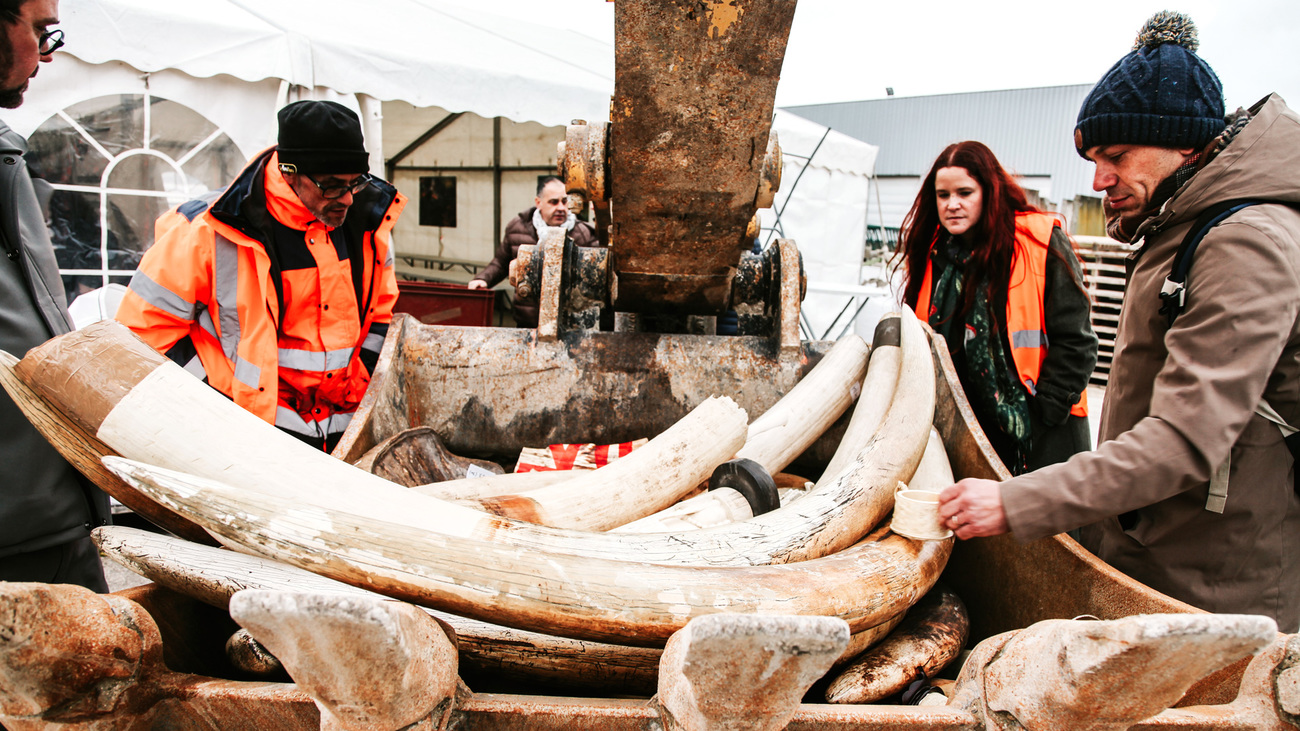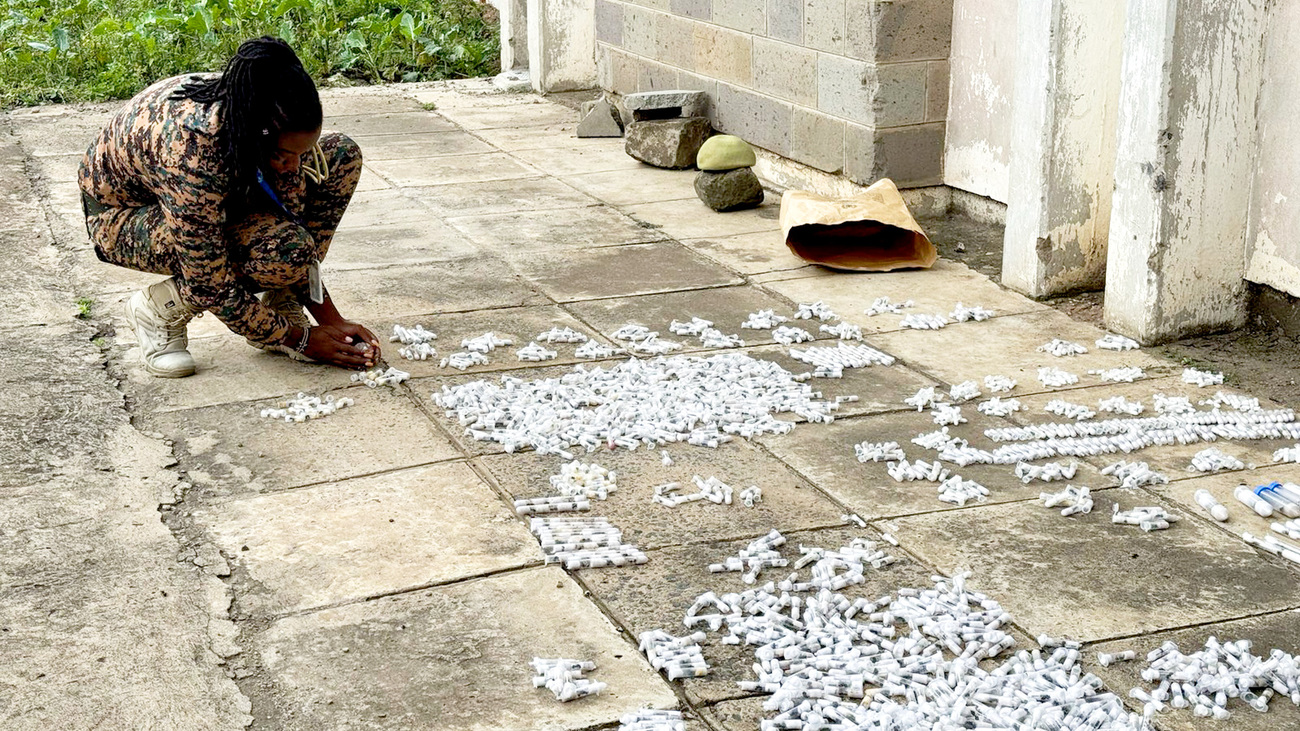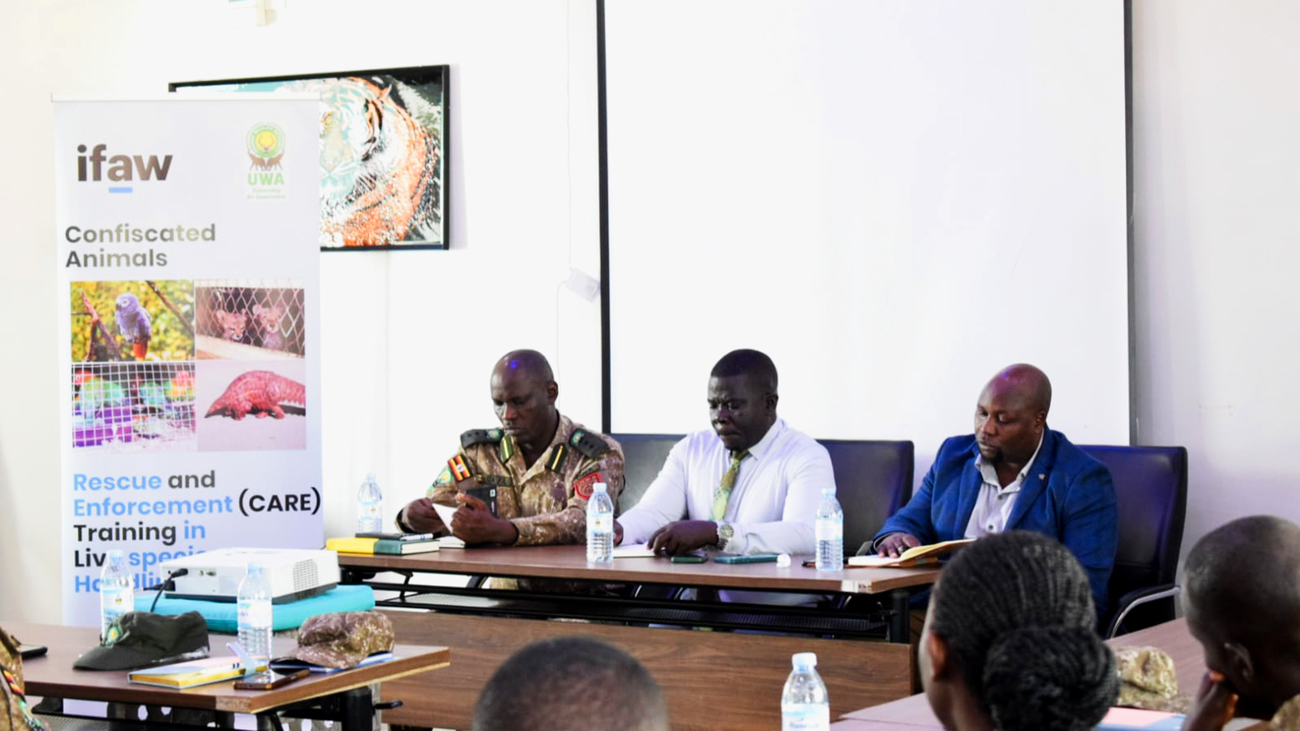Changing wildlife crime trends call for strategic interventions
Changing wildlife crime trends call for strategic interventions
Did you know that wildlife crime is the third-largest form of international organized crime after arms and drug trafficking? It is a multi-billion-dollar industry that’s driven by global demand for wildlife and their body parts. Despite years of global action to fight the vice, this organized crime continues to threaten fragile ecosystems and national security globally.
While corruption and poverty undoubtedly help drive illegal wildlife trade, there is another reason why winning this battle has not been easy. Wildlife crime is a shadowy, complex, and constantly evolving industry. Crime syndicates take an agile approach to their operations, constantly adjusting their methods, trafficking routes, and tactics to outwit enforcement authorities and quickly respond to emerging trends on both the demand and supply side.

Demand shifts to different species
A closer glance at the species that are illegally traded reveals a shift from charismatic species like elephants, rhinos, and lions to different animals like ants, birds, lizards, and snakes. Between 2015 and 2021, corals and crocodilians accounted for 25% of illegally traded wildlife. Elephants made up only 6%, whereas snakes, turtles, and tortoises together accounted for 8%. The focus is shifting away from bigger species to less conspicuous creatures.
In May 2025, a Kenyan court ruling on an ant smuggling network spotlighted the growing threat that lesser-known species face in East Africa. The landmark ruling, widely applauded in conservation circles, signals a shifting trend in wildlife trafficking and biopiracy away from popular trophies like rhino horn and elephant ivory.
In 2024, rangers from the Uganda Wildlife Authority (UWA) intercepted a parcel in a truck headed to the DRC. An unassuming sack ferried three live Gaboon vipers—one of the world’s deadliest venomous snakes, which are used in anti-venom medical research and the development of new drugs.
‘Apart from the snakes, we have also noted the crested crane is being trafficked to the DRC to feed the pet trade demand,’ says Julius Obwona, the officer in charge of law enforcement and security in the Queen Elizabeth Conservation Area. According to UWA, this has led to a drastic drop in the population of these elegant, endangered birds—also known as grey crowned cranes—in Uganda, from 80,000 individuals in 2013 to 10,000 individuals in 2024. This species is Uganda’s national bird and is featured on the country’s flag.
Disrupting these criminal enterprises calls for multifaceted interventions. This is why IFAW is investing heavily in capacity building workshops in Kenya, Uganda, and Ethiopia to equip government mandated agencies with the technical skills required to strategically curb illegal activities.

Detecting Illegal Species through Prevention Training (DISRUPT)
DISRUPT is a specialised capacity building workshop that aims to provide authorities with the knowledge to halt the trafficking of wildlife. In June 2025, IFAW conducted a five-day DISRUPT training at Addis Ababa Bole International Airport—one of the busiest transit hubs in Africa for cargo and passengers and, increasingly, a hotspot for illegal wildlife trade.
Working with partners including the Ethiopian Wildlife Conservation Authority, National Intelligence, and customs officials, we trained 25 officers on critical skills: how to identify smuggled wildlife products, verify CITES permits, detect niche trafficking techniques, and conduct financial investigations.
During a field visit, officers encountered real wildlife consignments—some with valid permits, others raising serious red flags. Earlier in 2025, elephant tusks without CITES documentation were confiscated, then released just days later with a questionable license. These moments underscore the need for strong detection, tighter permit checks, and cross-agency collaboration. We’ve made progress, but more support is needed.
In May 2025, we facilitated another workshop in Moyale, a border town between Kenya and Ethiopia. By convening military officials, customs agencies, and government officials from both countries, the training demonstrated the urgency for all partners to stay vigilant, share information, and monitor trends used by criminals to conceal illegal wildlife contraband through border entry points.
These trainings emphasized collaboration and information sharing between the police, judiciary, forestry, and wildlife officials to track trends of criminal activities and crack down on crime syndicates more efficiently—especially along porous borders. ‘Regular cross border communication between agencies helps them anticipate any changes in demand centers,’ adds Samuel Mutahi, IFAW Senior Wildlife Crime Officer. ‘Today, criminals are smuggling ants. Tomorrow, it could be lizards. So, we must train authorities across borders to be vigilant and share information.’
Rescuing live species through LAST (Live Animals Seized in Trade)
Often, authorities intercept live animals trafficked at airports, seaports, and roadblocks. Thanks to our LAST project, these species have a second chance of survival and a possible return to the wild.
In July 2025, IFAW equipped 23 law enforcement officers from Uganda Wildlife Authority and Uganda Revenue Authority with the tools and skills they need to implement procedures and best practices to properly care for rescued animals. This training protects seized wildlife as evidence, which supports the successful prosecution of wildlife traffickers. It also ensures the health and well-being of individual animals as well as their eventual return to where they belong—the wild.

Cybercrime and forensic support to Kenya Wildlife Service (KWS)
To enhance the capacity of wildlife authorities to investigate and prosecute wildlife crime, IFAW has also purchased digital forensic equipment for the KWS Forensic Laboratory in Nairobi, Kenya. Before the adoption of cyber-forensics, criminals caught with bushmeat would often claim that it was beef. But now, with these specialised tools, Kenya Wildlife Service officers can provide admissible evidence in court to prove that the presence of illegally acquired bushmeat. This forensic lab boosts stringent prosecution of wildlife crime cases to deter the killing and trafficking of wildlife species in Kenya.
Related content
every problem has a solution, every solution needs support.
The problems we face are urgent, complicated, and resistant to change. Real solutions demand creativity, hard work, and involvement from people like you.